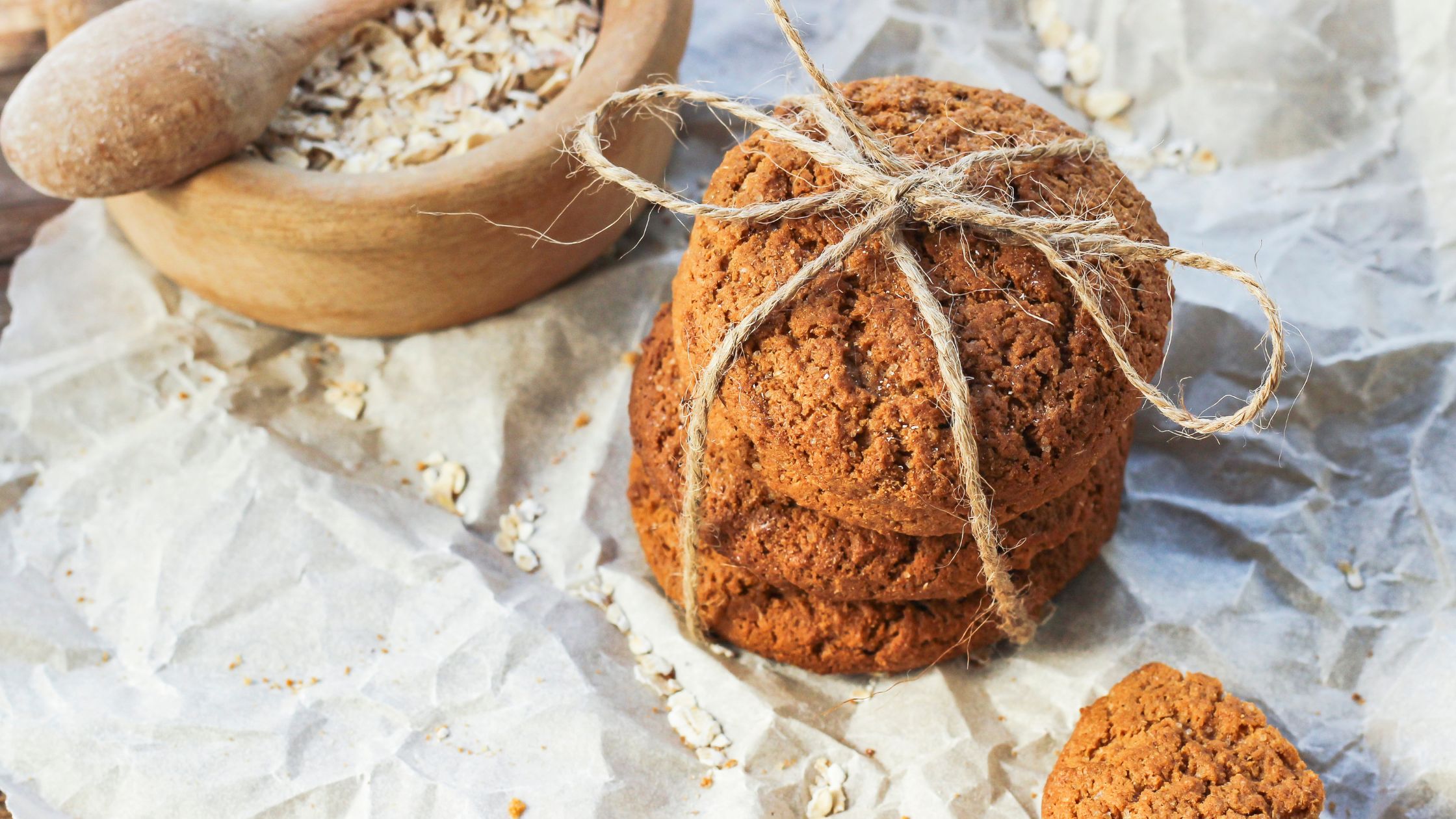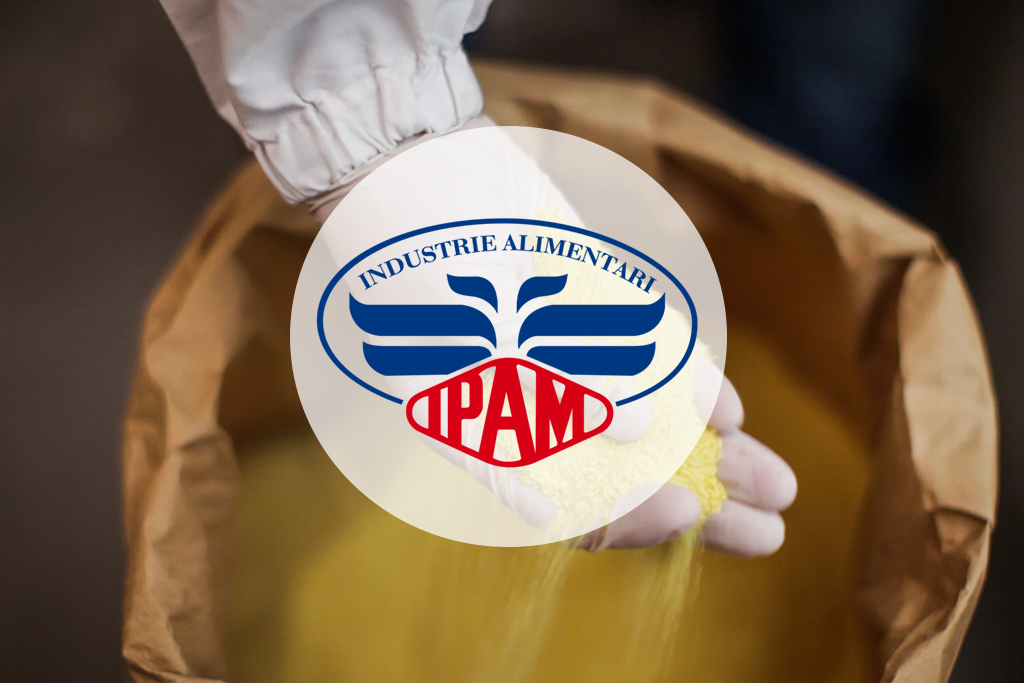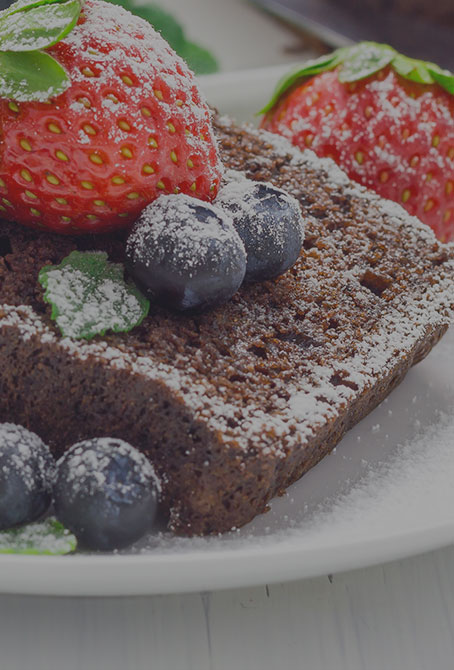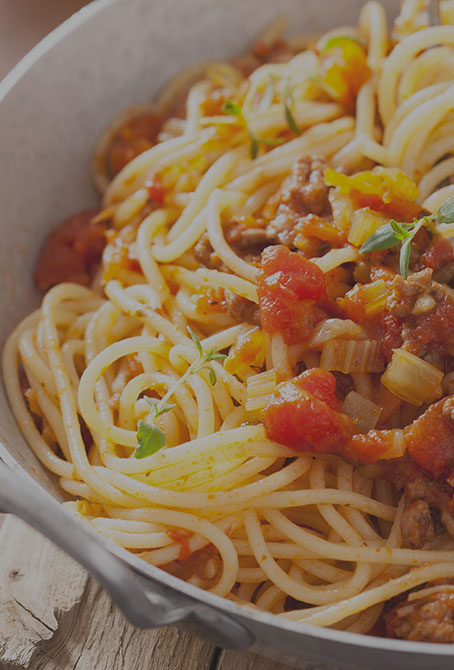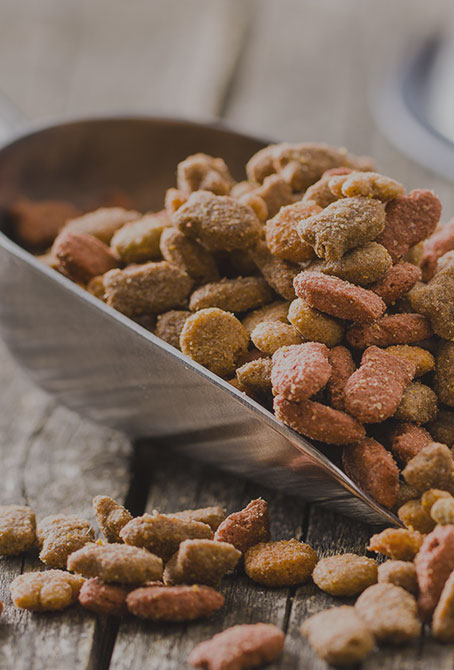In Europe, depending on the country, 5 to 8 per cent of the population choose a gluten-free diet (source: Statista) and according to a recent analysis published in April 2022, the global market will be worth USD 13.7 billion by 2030.
The market is fuelled by an increase in the number of patients suffering from coeliac disease and gluten intolerance, as well as a growing demand from millennials, and boosted by improved marketing activities and enhanced distribution channels.
The bakery segment, which already accounts for the bulk of the market, will see the greatest growth, both in dedicated stores and in the large-scale retail sector, with an increase in e-commerce sales. The high demand is due to the widespread idea that gluten-free baked goods are healthier than typical wheat flour-based baked goods. Gluten-free foods have a low GI and are low in calories. This would help with weight loss and obesity prevention by providing more energy than conventional baked goods.
But what are the organoleptic differences between gluten-free and traditional products? Generally speaking, there is a difference in texture, with traditional products being crumblier and tending to be lighter, as well as in other organoleptic properties, such as taste, aroma, mouthfeel. Due to the flours used, gluten-free biscuits, for example, may be harder, have a dry, sandy taste and a less pleasant appearance, flavour, or colour.
Ingredient manufacturers have invested significant resources in research and development to produce gluten-free flours and doughs that can overcome differences in crispness, mouthfeel, and appearance (such as the line recently developed by our sister company IPAM), and flavourings can do the rest. At AromataGroup, we offer a full range of specific profiles for bakery products, e.g. the ‘bread crust’ note, the ‘sourdough’ note, as well as butter profiles to enhance the palatability of biscuits or the roundness of flavour in muffins, or herbs and spices for value-added lines such as crackers and breadsticks.
Technologies such as fat encapsulation or granulation also allow for a longer-release and more structured flavour profile than traditional flavour powders. They also offer greater stability to thermal stress, ideal for application in bakery products, and richer, rounder notes, reducing the most problematic notes in the organoleptic experience of gluten-free products and improving the taste experience of end consumers.
Are you interested in knowing more about these value-added flavours? Reach out to info@aromatagroup.com







